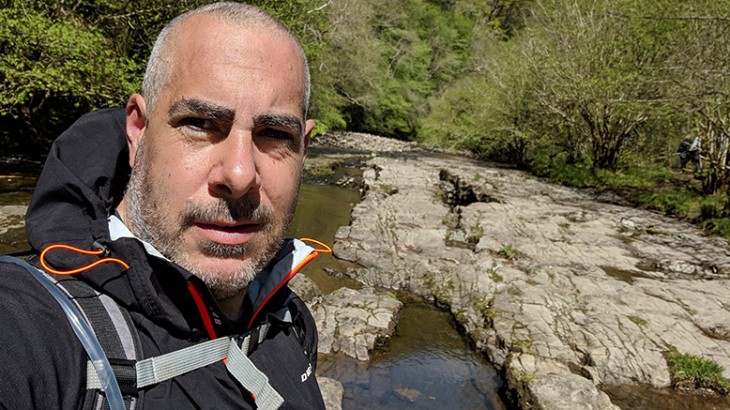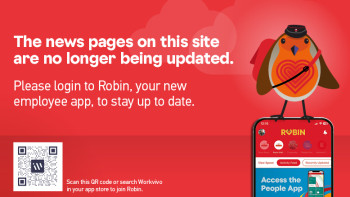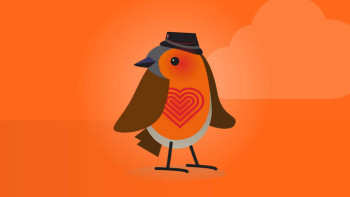The boy next door

Leukaemia robbed Bury St Edmonds collections and operations manager Alan Corley of his childhood but when his only friend in the world, Anthony Nolan, died, it sparked a drive which has since saved thousands of lives.
Now Alan has shared his story with the British public.
In September 1978, when Alan was just five years old, he was diagnosed with leukaemia after struggling to shake off flu. After being sent for blood tests, he was admitted to his local hospital in St Albans, where his family then lived, and given a lifesaving blood transfusion before being transferred to Westminster Children’s Hospital in London.
Doctors feared the worst when chemotherapy and radiation treatment failed and he was confined to a cell-like isolation room as the slightest cold or infection could prove fatal.
Alan’s dad, Andy, even had to put on a gown, face mask, and rubber gloves before he could enter. Alan’s one other friend was the little boy in the next isolation room. That boy was Anthony Nolan.
Despite a global hunt for a bone marrow donor to cure Anthony’s rare genetic condition, Wiskott-Aldrich syndrome, he died on 21 October 1979. He was just seven-years-old.
His mum, Shirley’s tireless efforts to save him led to the creation of the bone marrow donor register and the Anthony Nolan charity, which has since found matching donors for more than 16,000 people in need of a stem cell transplant, many of them kids with leukaemia like Alan.
Neither Alan or Anthony were expected to survive, yet Alan was lucky. After being a ‘guinea pig’ for high doses of chemo and radiotherapy, he recovered. In an interview with The Mirror, Alan said: ‘I recently realised what a key figure Anthony was in my life. I spent six months in that hospital and much of that time, he was the only person I could see.’
When Alan was well enough to move back to his local hospital, Anthony was alive. But when he returned to Westminster a few months later for bone marrow tests, Anthony had passed away.
‘One morning my dad came down and saw I was out of isolation, said Alan. ‘The doctors said: “We don’t think he will be here by the end of the week, so we have allowed him out to play with the rest of the children.” That evening all my family came, preparing to say goodbye.
‘However, the doctors decided to give me a second round of treatment, much more aggressive than the first. I was given horrific volumes of chemotherapy to see if my body could take it. We were guinea pigs on that ward, because we had no other hope.’
Thankfully it worked, and Alan didn’t need a transplant. A few months after Alan was diagnosed, his younger sister Angela was born and found to be a match. Had his treatment been unsuccessful, she would have been his bone marrow donor.
Today, 40 years later, Alan has two ‘miracle’ daughters, Francesca and Philippa, despite being told the radiation he was given would leave him infertile. Both are ardent Anthony Nolan supporters.
Next April, Alan hopes to climb to Everest Base Camp to raise money and awareness for the Anthony Nolan charity. ‘Everything we went through has helped so many children,’ he said. ‘I’m lucky to be here and I just want to make the most of my life.
‘Many know of the charity and its vital work, but don’t understand where it came from. They don’t remember the little boy who went through so much. Anthony’s life may have been short, but had incredible impact. Thousands have been given a second chance of life. What a legacy.’
If you would like to help Alan reach his £5,000 fundraising target, which will help fund another 125 potential lifesavers on the stem cell register, you can visit his Just Giving fundraising page here.



